The Perpetuation of Living Beings, Hereditary Transmission and Variation
The Perpetuation of Living Beings, Hereditary Transmission and Variation
Book Excerpt
-water Polype, for instance, which multiplies itself in this way. Just in the same way as the gardener is able to multiply and reproduce the peculiarities and characters of particular plants by means of cuttings, so can the physiological experimentalist--as was shown by the Abbe Trembley many years ago--so can he do the same thing with many of the lower forms of animal life. M. de Trembley showed that you could take a polype and cut it into two, or four, or many pieces, mutilating it in all directions, and the pieces would still grow up and reproduce completely the original form of the animal. These are all cases of asexual multiplication, and there are other instances, and still more extraordinary ones, in which this process takes place naturally, in a more hidden, a more recondite kind of way. You are all of you familiar with those little green insects, the 'Aphis' or blight, as it is called. These little animals, during a very considerable part of their existence, multiply themselves by means of a kind of
Editor's choice
(view all)Popular books in Science, Essays
Readers reviews
0.0
LoginSign up
Be the first to review this book
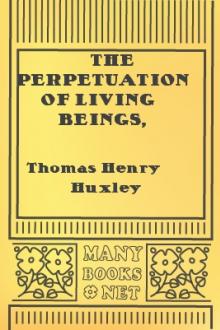
 Free Download
Free Download











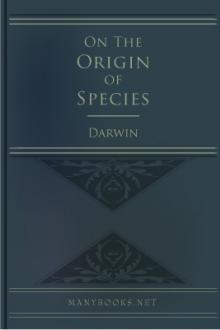
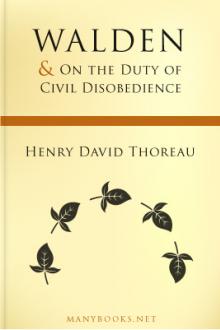
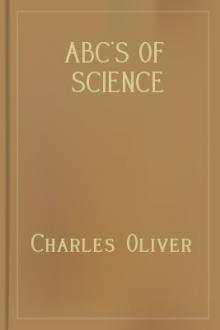
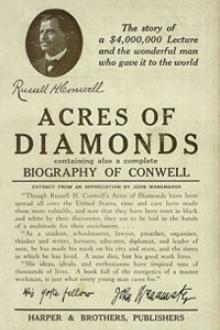


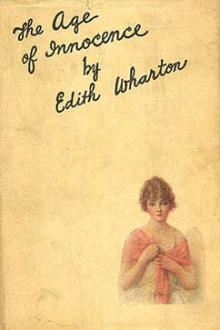
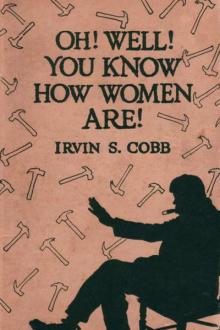
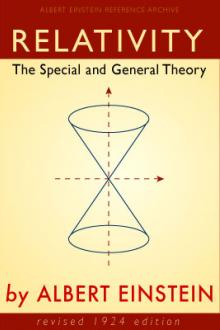
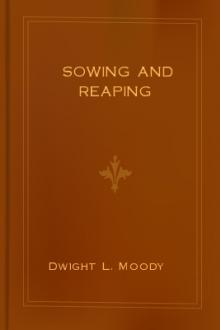
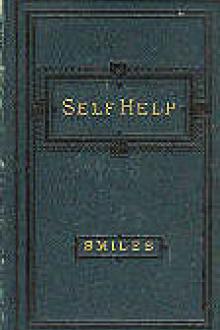
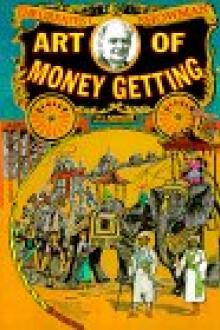

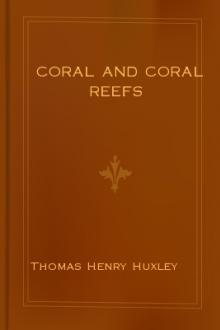
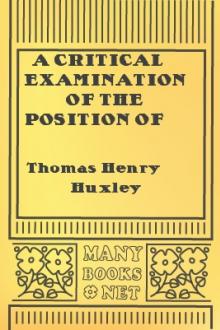
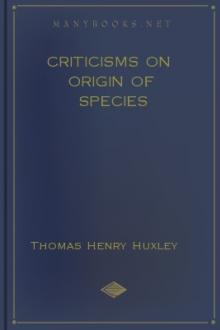
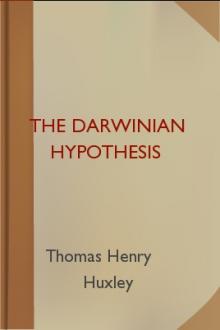
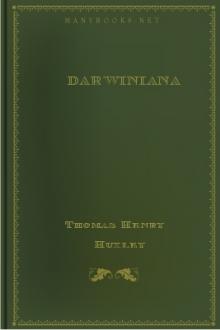
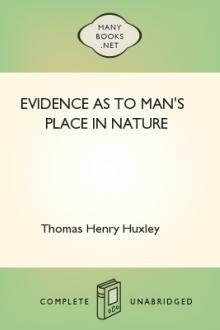
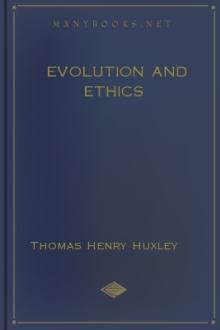
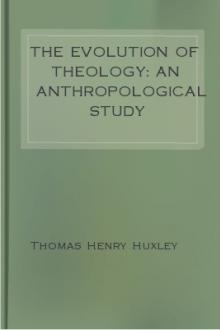
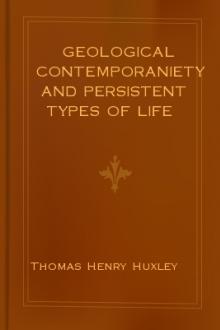
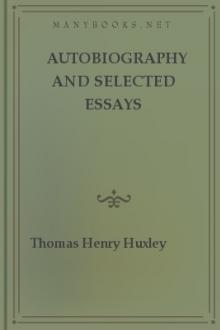
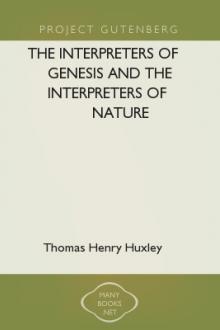
-itok=vcKIB5v1.jpg)